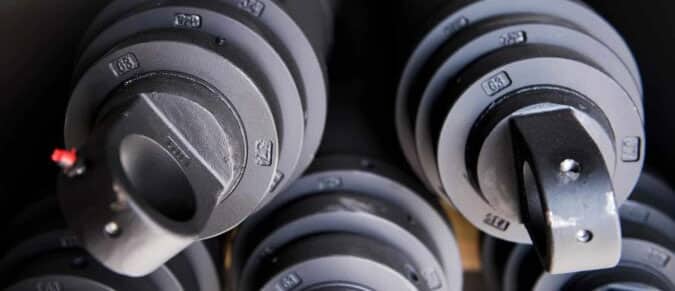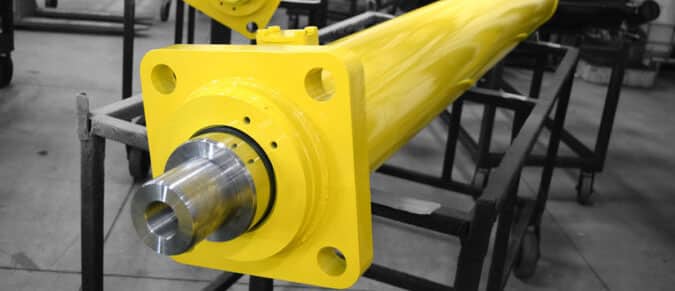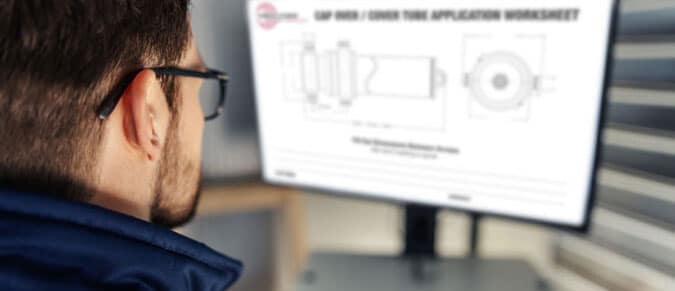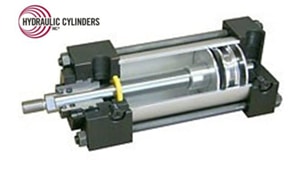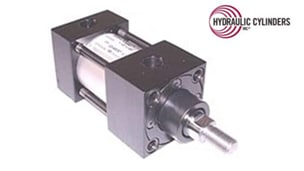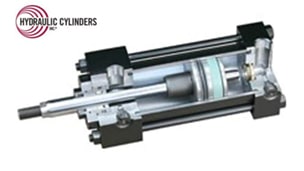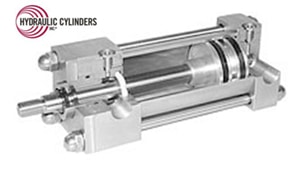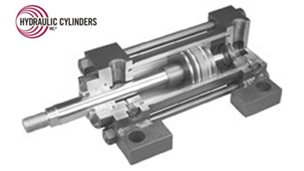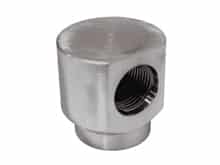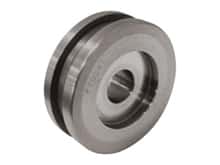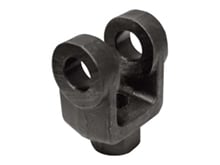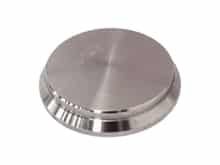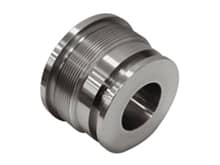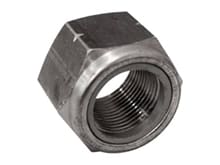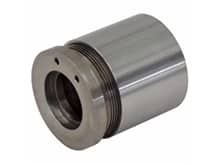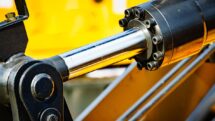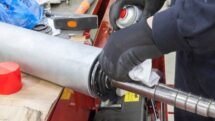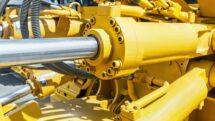How to Troubleshoot Hydraulic Cylinder Failure
You and your fleet are hard at work when disaster strikes—hydraulic cylinder failure. Hydraulic cylinder troubleshooting is a fundamental step that can help pinpoint the problem and get your system back on track. A thorough assessment might take longer than expected, but it can also find the root of the hydraulic cylinder failure to ensure your system is operationally sound.
Signs of Hydraulic Cylinder Failure
While a complete shutdown is the top sign that hydraulic cylinder failure has occurred, other warnings usually appear first, such as:
- Inoperative system
- Erratic or slow operation
- Failure to retract
- High temperatures
- Loud or vibrating pumps or motors
- Leaks and fluid level issues
- Contamination issues
Identifying Hydraulic Cylinder Failure Causes
Troubleshooting hydraulic cylinder failures can be time-consuming, but it will save you time, money, and labor resources in the future. Before beginning any hydraulic cylinder troubleshooting, check the manufacturer manuals of your cylinders and equipment for instructions specific to your system.
Worn or Damaged Seals
All seals degrade and suffer wear over time. If they are not replaced promptly, hydraulic fluid leaks can occur, leading to erratic movements, instability, and other detrimental outcomes. Damaged seals can also lead to cylinder rod and seal misalignment and cause further inefficiencies in operation.
Check seals while troubleshooting hydraulic cylinders as they are one of the leading hydraulic cylinder failure causes. Seals should always be inspected during routine maintenance to stop hydraulic cylinder failure before it occurs.
Insufficient Hydraulic Cylinder Pressure
Low pressure within the hydraulic cylinder can lead to degraded operations. A drop in pressure can come from various sources but often occurs due to impaired flow to the pump. This disruption is caused by damaged or worn component parts.
As with seals, always check components for signs of wear, cracking, or other damage to prevent hydraulic cylinder failure.
Side Loading
Side loads add significant stress to hydraulic cylinders and can worsen pre-existing problems in your system. Side loading causes uneven wear as the rod pushes and the piston drags with more force on one side when compared to the other. This can further damage worn components within your cylinder, bend cylinder rods, and eventually cause hydraulic cylinder failure.
To prevent side loading, always follow proper cylinder mounting practices and ensure correct alignment is achieved during installation.
Physical Damage
Improper operations, heavy loads, environmental factors, and more can physically damage your hydraulic cylinder, leading to consequences such as:
- Piston damage or wear
- Corrosion such as rust or pitted piston rods
- Bore scoring
- Split welds
- Dents on the exterior of the barrel
During troubleshooting, complete a visual inspection of your equipment, and immediately cease operations if your hydraulic cylinder has any physical damage. Continuing to work with physical damage can have catastrophic consequences for your equipment and pose significant health and safety risks to workers and bystanders in the area.
Hydraulic Cylinder Not Working? Contact HCI!
After troubleshooting hydraulic cylinder failure in your system, you may find that it’s more efficient and cost-effective to purchase a replacement cylinder. Hydraulic Cylinders Inc. is here to help. We maintain a vast inventory of aftermarket hydraulic cylinder replacements built to match your specifications while delivering long-lasting operations. We offer same-day shipping on all in-stock models to get you back to work as soon as possible.
Ready to demolish downtime at your job site? Contact us or request a quote today. A representative will be in touch to discuss your options.

